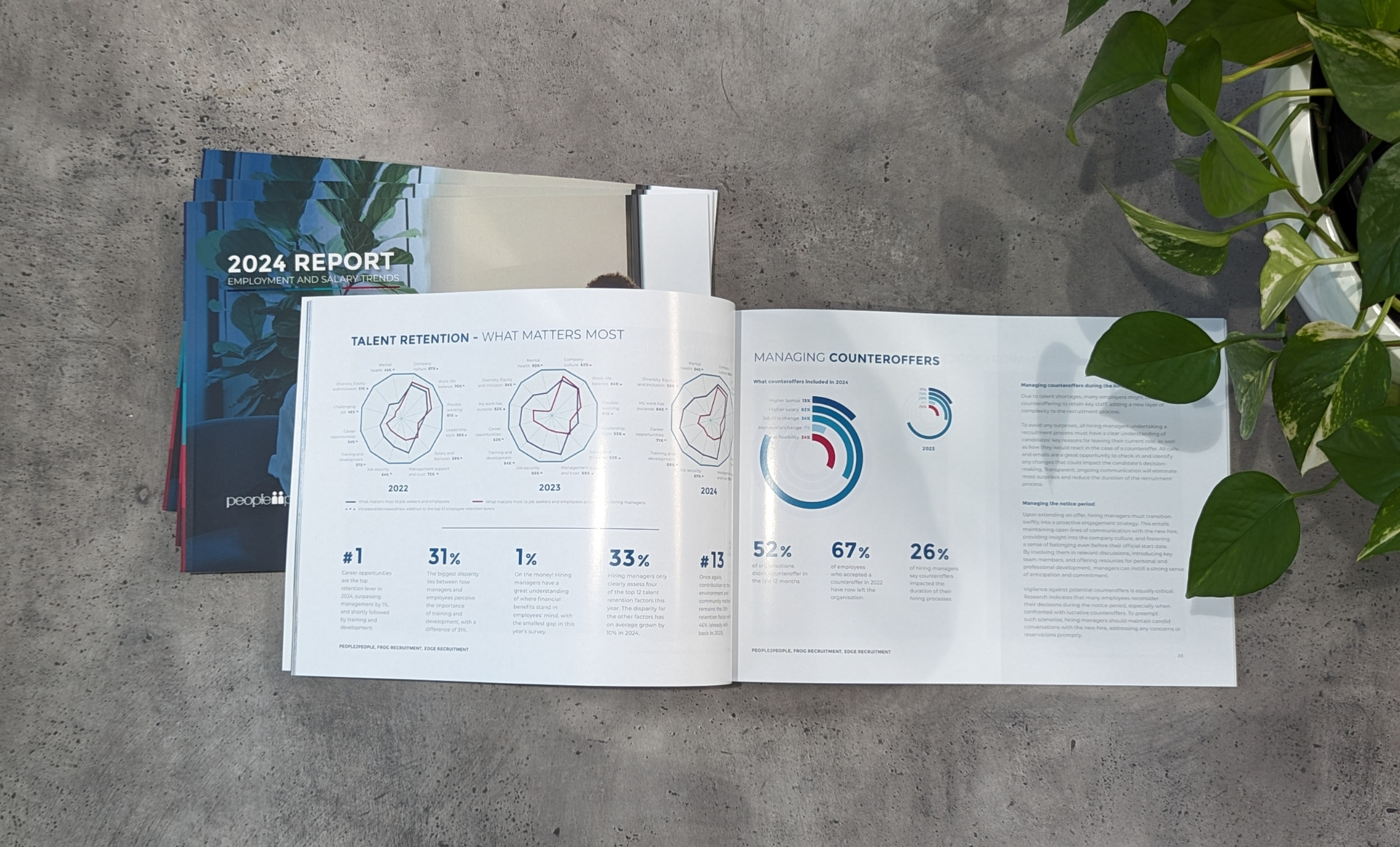Hiring temps for specific projects can be an expensive exercise. Those new to this process, be they organisations or project or hiring managers, may be confused and sometimes surprised by the hourly rates being charged by recruitment or management consultancies. Some points to consider when making these hiring decisions are:
The rate quoted is all inclusive
Don’t make the mistake of thinking that the difference between the rate being paid to the contractor and the rate charged to you is only margin. There are a number of on-costs that the recruitment or management consultancy needs to absorb before they make their profit. Specifically, these on-costs include:
- 1. Superannuation guarantee contribution (SGC) – this is increasing to 10% in July 2021.
- 2. Payroll tax – this is a state based tax levied on the base rate to the candidate plus the SGC.
- 3. Workers compensation – this is normally levied as a percentage. For white collar recruiters and management consultants, this is 1%; however, blue collar and industrial labour hire agencies may have much higher rates, and these can vary, based on the industry and whether they self-insure.
- 4. Professional indemnity and other insurances
To be in business, you must make a margin
After the on-costs, consultancies then add their margin. It is important to note that, for recruitment agencies to stay in business, they also have to make money, like any commercial business. It is a highly competitive industry with low barriers to entry, and, consequently, those agencies offering very high discounts have been proven to struggle to remain operating and can quickly go out of business. Similarly, those consultancies who charge a margin in excess of what the market determines can also find themselves exiting the industry quickly. The margin charged varies across industry sectors, such as the ITY sector versus white collar. The margin can of course be negotiated, usually in consideration of volume or exclusivity.
It’s the total cost, not the rate
The rate for a temporary member of staff or contractor is not like the rate to hire a piece of equipment. The rate reflects the type and level of work the staff member will be undertaking, and it also takes into consideration the level of the skills and experience of the contractor. Unlike fixed term assignments with specific tasks, when recruiting for a project, consideration should be given to the outcomes required for the project.
By hiring a more experienced or skilled contractor, the time taken to reach the required outcomes could be significantly reduced, consequently also reducing the total cost of the assignment. A lower rate with a less experienced contractor may actually mean the total cost of the project is higher, because the time taken to complete the project is much longer. Therefore, when making this type of hiring decision, do not simply consider the hourly rate; make sure you also consider how long a more experienced contractor at a higher rate would take to reach the same outcome.
Share this article
Useful links
Search for jobs today
Temp Jobs in United Kingdom
Perm Jobs in United Kingdom
Got a vacancy?
What's happening in the market?
Get your copy of the 2024 United Kingdom Employment and Salary Trends Report
How do I prepare for my job interview?
Get in touch
Find out more by contacting one of our specialisat recruitment consultants across Australia, New Zealand, and the United Kingdom.
Recent insights



UK's 2024 Employment and Salary Trends Report
Salary trends, talent attraction and retention strategies
Copyright © 2024, people2people
people2people partners with
CarbonInvoice to measure and mitigate any carbon emissions associated with the work we do.
Specialisations
Locations
Resources




